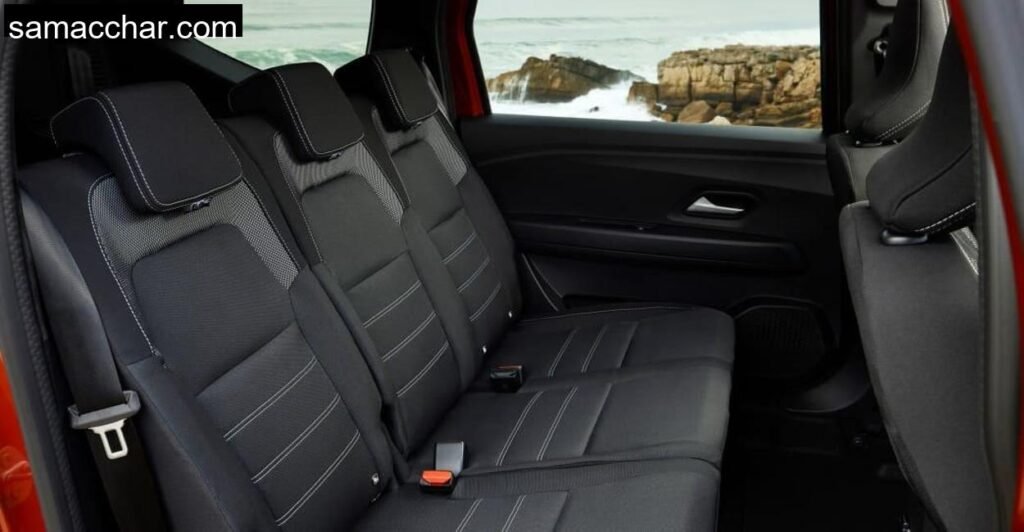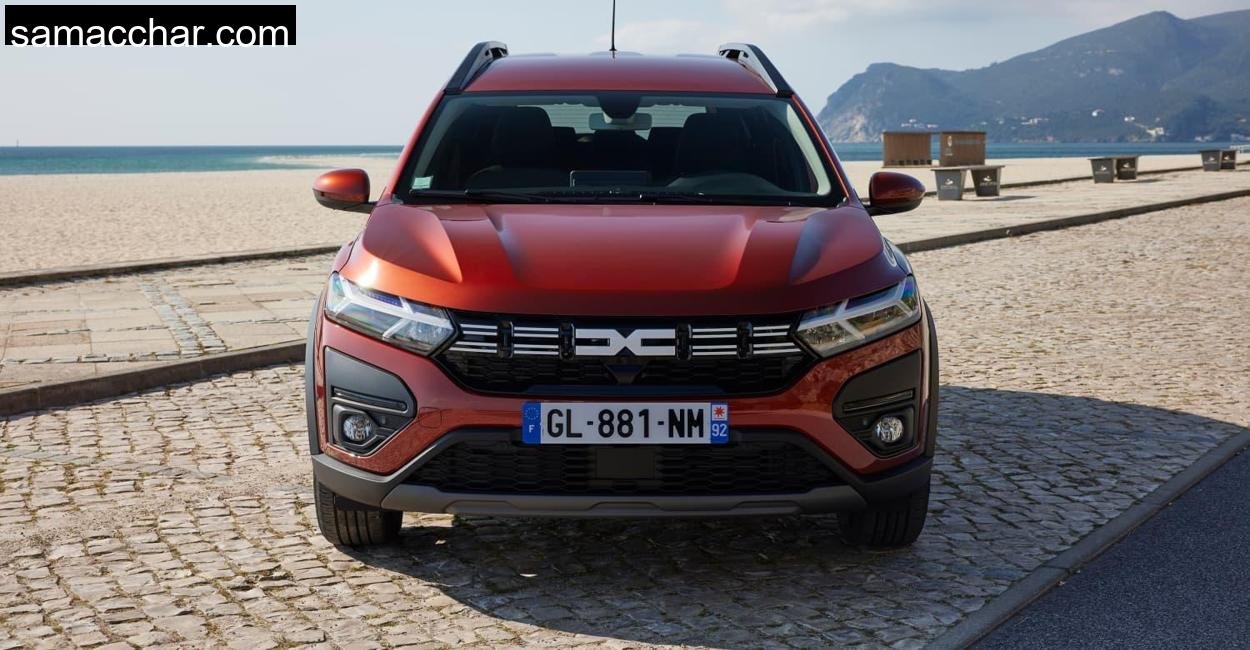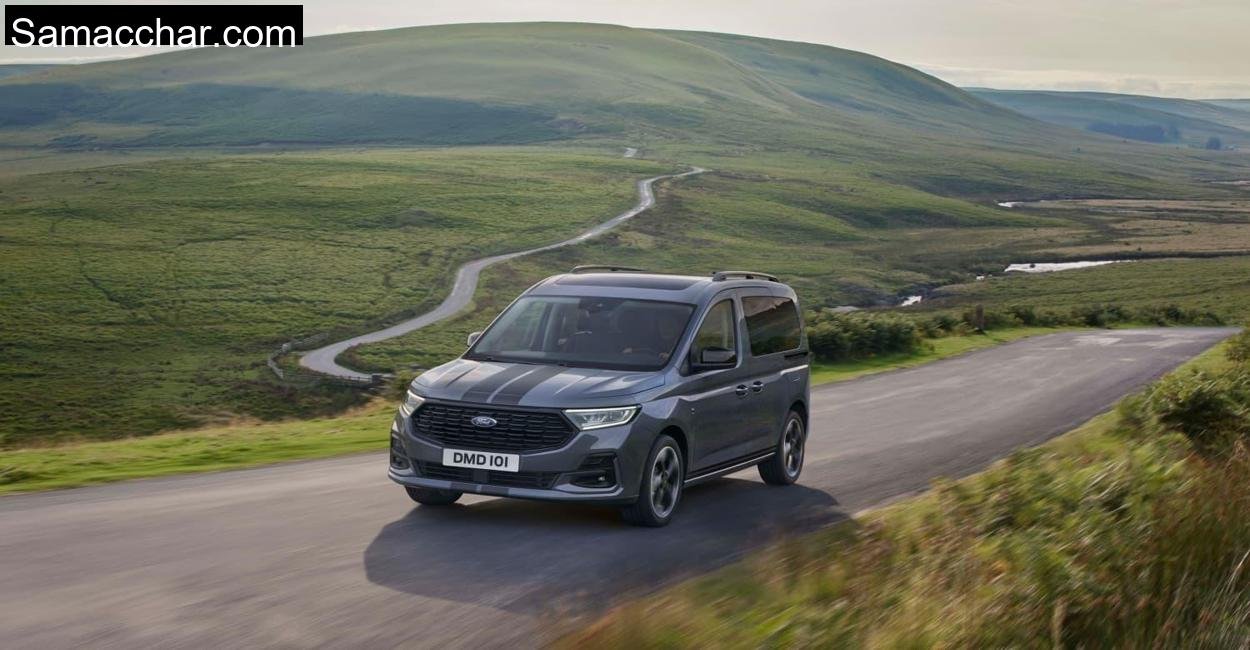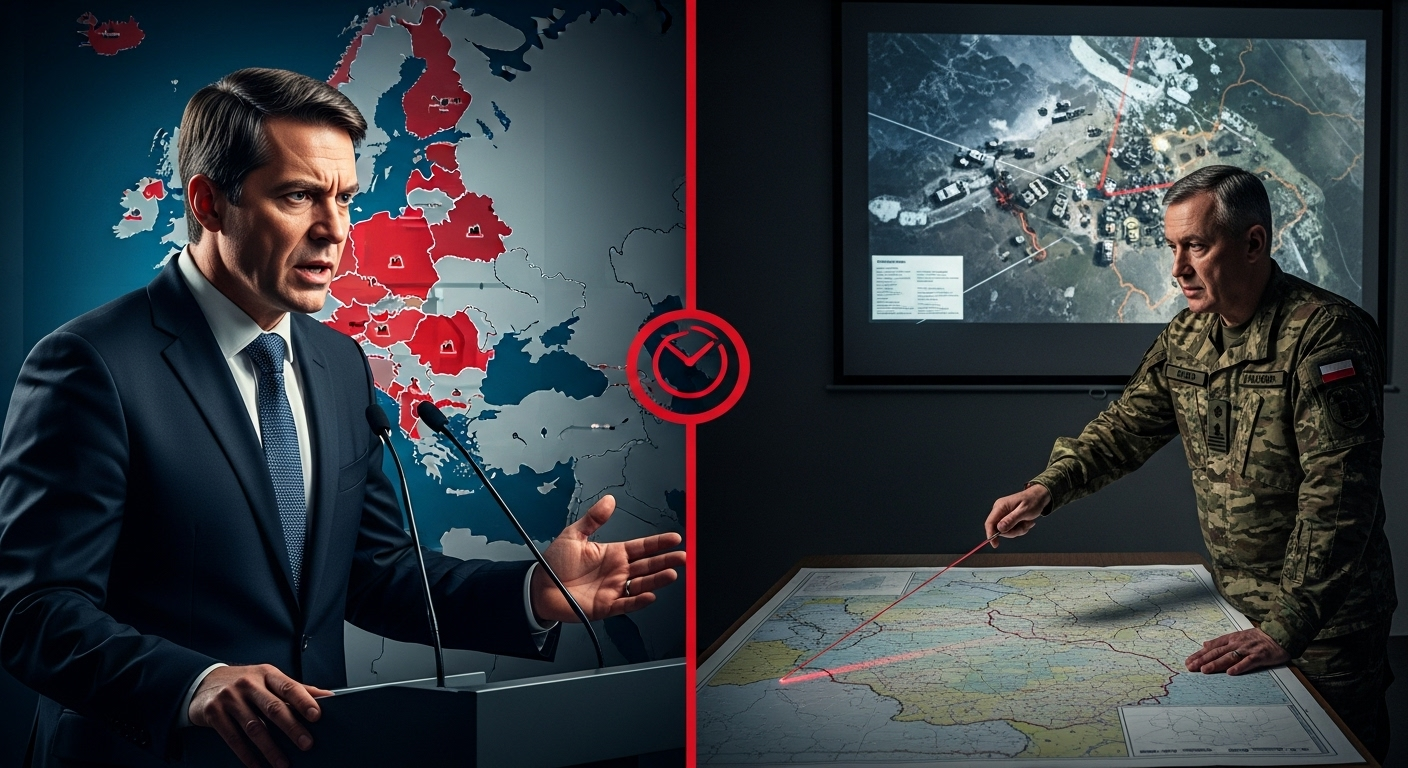Price: Dacia Van Jogger from 17,900 euros
Let’s be honest: in an age where even compact SUVs are brushing past €30,000, the Dacia Jogger’s starting price of €17,900 (as of September 2024) is almost shocking. That’s for the Essential trim, which now includes air conditioning, a reach-adjustable steering wheel, and central locking. No touchscreen or automatic mirrors, but it’s functional.
Spend a little more and the Jogger gets seriously practical. The Expression trim (from €19,000) adds key comforts, and the Extreme or Extreme+ (from €20,000 to €26,400) transform it into a surprisingly well-kitted vehicle with auto climate control, keyless entry, and even a rear camera. All this while still undercutting competitors by several thousand euros.
For families who prioritize space and budget over prestige badges and glossy tech, the Jogger presents a deal that’s hard to ignore.
Plenty of space even in the third row

At just 4.55 meters long, you wouldn’t expect the Jogger to feel this roomy. But inside, it makes clever use of every centimeter. We tested the seven-seat version up the Kammweg route in the Zittaus with six people on board, two of them well over 1.85 meters tall. The third row surprised us all.
Getting back there is fiddly, no sliding doors and you have to tilt the second row forward. But once in, there’s real leg and headroom. Not just “kid space,” but genuinely adult-tolerant accommodation. Over three hours of mountainous terrain, no one complained of cramps or feeling boxed in. That’s rare.
Boot space, of course, takes a hit with seven on board: just 140 liters. But fold the rear seats and you unlock 645 liters (to the roof), or a cavernous 1,670 liters with all seats flat. We loaded up the hybrid version with two mountain bikes, tents, and supplies for four. It swallowed everything without drama.
And the low loading sill, just 66 cm, makes it a back-saver for lifting heavy gear.
Engines: petrol, LPG, hybrid
Dacia keeps its engine lineup refreshingly simple, offering no diesel and no fully electric options. Instead, buyers can choose between three straightforward powertrains: a 1.0-liter petrol engine with 110 hp, a 1.0-liter LPG/petrol dual-fuel engine producing 101 hp, or a 1.6-liter full hybrid delivering 141 hp.
In our three-day test, we rotated between all variants, switching out test cars at the Oybin monastery trailhead. Each had its quirks, each had its strengths. What unites them is a philosophy of modest power, but clever usability. No nonsense, just options to match your driving needs and budget.
High consumption: Test Dacia Jogger LPG
The LPG variant intrigued us. With a total fuel range (LPG + petrol) of over 1,000 km, it promised maximum efficiency. And with LPG still cheaper than petrol in Germany, the math looks good. But what about real-world performance?
Driving from Jonsdorf to Waltersdorf, the LPG Jogger held up reasonably well. The three-cylinder turbo makes 101 hp, and while it doesn’t surge forward, it gets the job done. We measured 8.5 liters of LPG per 100 km in real-world conditions, higher than the WLTP figure, but not outrageous given the terrain.
The six-speed manual has long ratios, which means overtaking uphill is best avoided unless you downshift aggressively. Still, for slow, steady mountain climbing and budget-friendly fuel stops, the LPG Jogger makes a strong case.
The 110 hp petrol engine in the test
Switching to the TCe 110 petrol (110 hp) changed the feel of the car noticeably. It’s still a 1.0-liter turbo triple, but its extra 9 hp and 200 Nm of torque make it slightly punchier. On the descent from Hochwald, the engine felt smoother and more willing to rev.
Acceleration? Not brisk, but respectable. 0–100 km/h takes about 10.5 seconds, and overtaking between 60–100 km/h in fourth gear happens in under 8 seconds. The engine gets noisy when pushed, but never strained.
Fuel economy was 6.2 liters per 100 km during our test, acceptable, though not groundbreaking. But again, emissions performance is excellent, earning it four out of five Ecotest stars. It’s a solid middle-ground choice if LPG stations are too rare in your area.
The Dacia Jogger Hybrid 140 in the test
Now to the highlight: the Hybrid 140. With 141 hp from a 1.6-liter petrol engine paired with two electric motors, this was the smoothest, quietest, and most refined Jogger of the lot.
Climbing the switchbacks near Nonnenfelsen, the hybrid impressed with seamless transitions between electric and petrol modes. It felt composed, especially in slow-speed twisties and stop-start village driving. And the electric-only mode, while brief, proved useful in parking and crawling through Zittau’s old town.
The regenerative braking isn’t aggressive, but it helps eke out better consumption figures. We recorded 4.9 to 5.5 liters per 100 km, depending on terrain and load. It’s the most expensive Jogger, starting at €24,400, but the comfort, smoothness, and efficiency make it feel like a different class entirely.
Multimode automatic with 15 gears
Let’s demystify that “15 gears” figure. The hybrid Jogger uses a multimode automatic that combines four actual gear sets and electric motor ratios, creating 15 possible combinations. It’s not something you feel shifting like a traditional gearbox.
Instead, what you notice is how smooth it is. No lurching, no delays. Even under full throttle, the transitions feel composed. And it lets the electric motor do much of the work in traffic, especially downhill into Bertsdorf-Hörnitz where we crept silently past cyclists.
For a family vehicle, this automatic is a real asset, quiet, relaxed, and low-stress.
Avoidance test: Driving safety is a priority
We took the Jogger through an avoidance test setup in a Zittau parking lot. Simulated swerve maneuvers revealed the Jogger’s high but composed stance. There is some body roll, especially on the LPG and petrol variants, but it doesn’t get unstable.
ESC kicks in early, and the steering is light but accurate. It’s not sporty, no one expects that, but it stays planted. The hybrid, with its lower center of gravity thanks to battery placement, fared best.
All versions now feature lane keeping assist, emergency braking, and blind spot alerts. A massive step up from the Dacias of yesteryear.
Only one star in the Euro NCAP crash test
Let’s address the elephant in the room: the Jogger earned just one star in the 2021 Euro NCAP crash test. That sounds alarming,but context matters.
The core structure is stable, and passive crash protection is reasonable. What hurt the score was the lack of certain modern safety systems at the time. Since then, Dacia has improved the active safety suite significantly, adding lane centering, speed warnings, and pedestrian detection.
Still, it’s a reminder: this is a budget car. If crash safety is your top priority, consider how much active support systems now do versus structural differencesTechnical Specification (Hybrid 140 Extreme+ Model)
Conclusion
The Dacia Jogger is not just another budget car, it’s a defiant outlier in a market chasing margins and margins alone. In the Zittau Mountains, it proved itself as a do-it-all family van with genuine space, livable comfort, and three distinct powertrains that serve real-world needs.
Whether you’re hauling kids, bikes, or camping gear, the Jogger adapts. It’s not about style points or badge prestige. It’s about practicality, honesty, and delivering far more than its price suggests.










